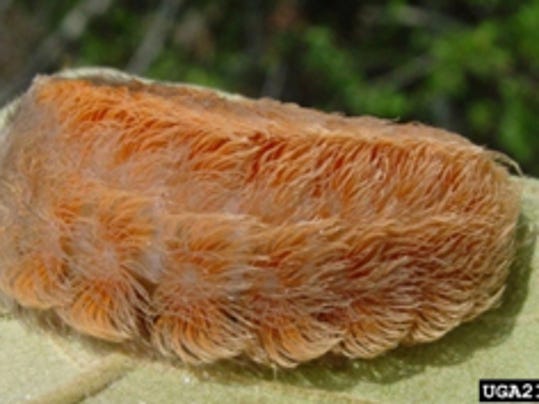 |
| Weeping oak bracket |
The term 'butt-rot' doesn't refer to a side-effect of tasting it but to its place in the woods. It is found on or around the base (butt) of a tree, or in the case above, a tree stump. It is found on oaks here as well as fir trees in the western states. Michael Kuo describes it well.
"Inonotus dryadeus has a lumpy, irregular cap with a finely velvety, dull yellow surface and a margin that exudes droplets of amber liquid when fresh and young. It has a buff pore surface that bruises and ages brown, composed of very tiny pores."
Inonotus dryadeus is primarily a parasitic fungus although it can remain as a saprophyte after the tree is dead. The food web depends on natural recycling and saprophytic fungi such as this are important decomposers of trees. Saprophytes break down protein to amino acids, fat into fatty acids and glycerol, and carbohydrates into absorbable simple sugars. When saprophytic fungi absorbs these, it becomes a food source for insects, starting a long trip up the food chain.
 |
| Weeping oak bracket closeup |
There are many types of saprophytic fungi. Some do primary damage to trees, others occur on wounded or damaged trees, or on dead trunks and roots. The first sign of the root and butt rot fungus may be a dying tree or a blow down unearthing dead roots. Our specimen above was on the stump of a tree that died a few years before, possibly because of the fungus.
 |
| Honey mushrooms between the trees |
 |
| Honey mushrooms |
A good source of information about root and butt rot fungi in general is found here.















































